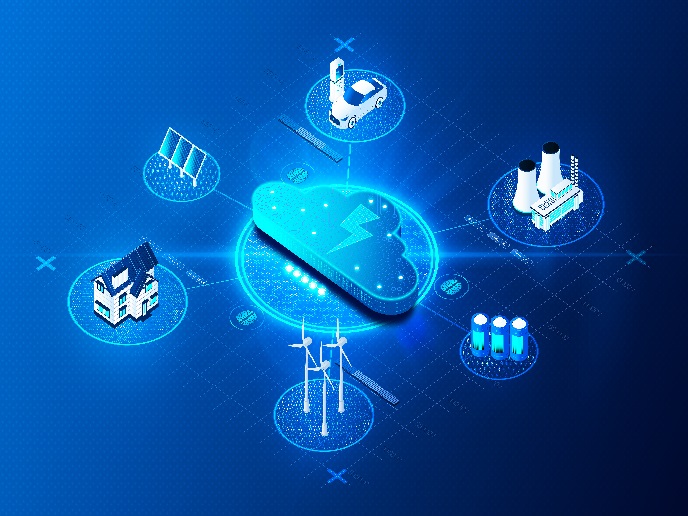When alternating and direct currents come together
The shift from fossil-based systems to renewable energy sources is making it difficult for conventional power transformers to cope with new required uses. As the energy transition continues, solid-state transformers (SSTs) are emerging as the dominant solution to this problem. A new paper(opens in new window) published as part of the EU-funded TIGON(opens in new window) project now provides a practical, application-oriented review of SSTs to shed some light on current state of the art and future trends. As described in the paper, “SSTs are power electronics devices that can interconnect separate electrical grids with different ranges of voltage or frequency providing galvanic isolation between them, thanks to a medium frequency power electronics stage.” Published in the journal ‘Electronics’, the paper takes a look at the capabilities and applications of current SST technology, considered to play a key role in the development of advanced smart grids, hybrid grids and microgrids.
What SSTs can do
SSTs are described as extremely flexible devices that enable a wide range of functionalities to help improve the power quality of the grid and provide new services that are not possible with classic power transformers. Some of the more useful SST capabilities include waveform regeneration, smooth voltage and frequency regulation, reactive power injection, and power flow control and protection features. These functionalities make SSTs useful in fields beyond the power grid. They have applications in railways, data centres, smart grids and offshore wind farms. “With regard to offshore wind farms, the trend towards higher rated power wind turbines and power plants leads to a significant increment in installation and maintenance costs,” the paper explains. However, if SST systems are used, medium voltage (MV) or high voltage direct current buses “could interconnect the wind turbines, reducing power transmission losses and installation costs (because offshore power substations could be removed).” Other applications include utility-scale photovoltaic plants, electric vehicle charging stations and energy storage systems, as well as the maritime and aerospace sectors. “SST not only seems a good solution for onboard application but also for maritime and aerospace charging docks. These types of applications are energy-intensive, requiring high power flows. Thus, a charging station outlet directly connected to MV seems the best alternative from the distribution power grid point of view. SST systems are enabling tools to build up this kind of charging docks.” Stakeholders involved in SST technology are research centres and universities, as well as some manufacturers. “The relevant stakeholders are spread all over the world, which confirms the potential identified in this technology. In addition, several manufacturers have been involved in the located research and development projects, which shows the eventual market uptake of SST technology.” Although highlighting the great potential of SSTs, the TIGON (Towards Intelligent DC-based hybrid Grids Optimizing the network performance) paper also emphasises that the technology is still not mature enough to substantially penetrate the market in the mentioned applications. SSTs “are more complex, have higher maintenance requirements and their advanced capabilities are also reflected in their cost.” For more information, please see: TIGON project website(opens in new window)



